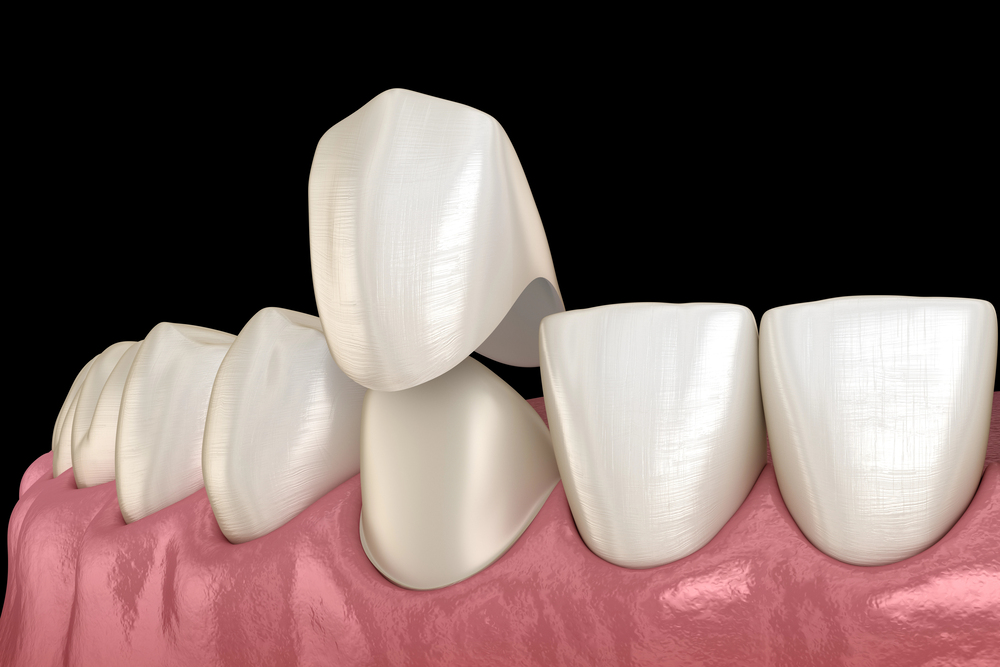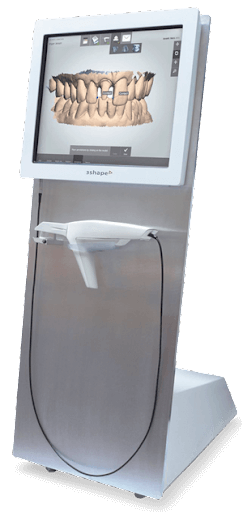Choosing between dental bonding vs. crown is a question of biology, biomechanics, and behavior. The strongest plan preserves sound structure, manages load, and delivers esthetics that hold up under daily function without constant chairside tweaks.
Start with Structure and Stress

Assessment begins at the tooth, not the material. Small chips, diastemas, and shallow cervical defects favor additive strategies. Large MODs, undermined cusps, and endo access signal a need for coverage. The occlusal scheme matters too. Deep overbites, heavy group function, and bruxism push toward protective designs that redistribute force and reduce flexure at thin walls.
When Bonding Shines
Composite bonding excels at conservative contouring, margin camouflage, and quick repairs. It is ideal for closing black triangles, lengthening worn edges slightly, masking localized discoloration, and reshaping peg laterals. In posterior teeth, selective bonding can repair corners or minor marginal breakdown without committing to full coverage. Advantages include single-visit delivery, minimal prep, favorable economics, and easy touchups or reversibility. With careful isolation, layered opacity control, and polished finishes, chairside esthetics can be outstanding.
The Limits of Bonding
Bonded edges fatigue under high cyclic load. Long incisal additions on bruxers chip and stain. Wide posterior spans with missing marginal ridges flex, opening microgaps and inviting recurrent decay. Subgingival margins that bleed compromise bonding, and deep shades may require opaquer layers that add complexity. When the substrate lacks ferrule-like strength, bonding trades immediate beauty for medium-term maintenance.
When Crowns Take the Lead
Crowns protect compromised teeth by covering cusps and stabilizing remaining walls. Post-endo molars, teeth with wide MODs, and cracks that cross marginal ridges benefit from coverage that lowers flexural stress. Partial coverage options, like onlays and overlays, can conserve structure while delivering the same protective effect. For patients with parafunction, full-contour zirconia or modern lithium disilicate can balance toughness, polishability, and esthetics.
Materials and Indication Match
- Anterior esthetics: lithium disilicate crowns offer translucency and strength for moderate load zones, while bonding handles minor contour and shade blending with minimal removal.
- Posterior durability: full-contour zirconia resists fracture and wears the antagonist gently when polished, while composite patches in high load areas invite frequent refinements.
- Mixed cases: a hybrid plan may place a crown on a crack-prone molar while using bonding for small anterior esthetic tweaks.
Periodontal and Margin Considerations
Healthy, accessible margins support both modalities. Supragingival finish lines favor predictable bonding and simplify hygiene. Subgingival defects complicate isolation and finishing for composites, raising the appeal of crowns with well-placed, cleansable margins. Tissue phenotype and biotype guide emergence design so papillae and cervical contours remain stable after healing.
Workflow, Time, and Budget
Bonding often wins on speed and upfront cost, making it suitable for interim smile upgrades, test drives for shape changes, or budget-limited plans. Crowns typically require more steps unless a same-day CAD-CAM pathway is available. Over a multiyear horizon, fewer repairs and better load distribution can make a crown more economical for severely compromised teeth. Share both timelines so patients understand maintenance expectations.
Chairside Efficiency Meets Esthetics
Partner with Next Dental Lab for crown and bridge restorations that balance strength, esthetics, and chairside efficiency. Options span full-contour zirconia for durable posterior work, layered zirconia for lifelike translucency, and high-translucent zirconia that blends beautifully without roughening opposing teeth.
IPS e.max crowns bring glass-ceramic brilliance for conservative cases, while PFM choices in non-precious, noble, and high-noble alloys deliver toughness with tailored biocompatibility. Full-cast crowns remain a rock-solid option for long-term service. Send a case with photos and RX, and receive consistent fits, clean contacts, and on-time delivery from our lab team focused on practical, patient-ready outcomes.

